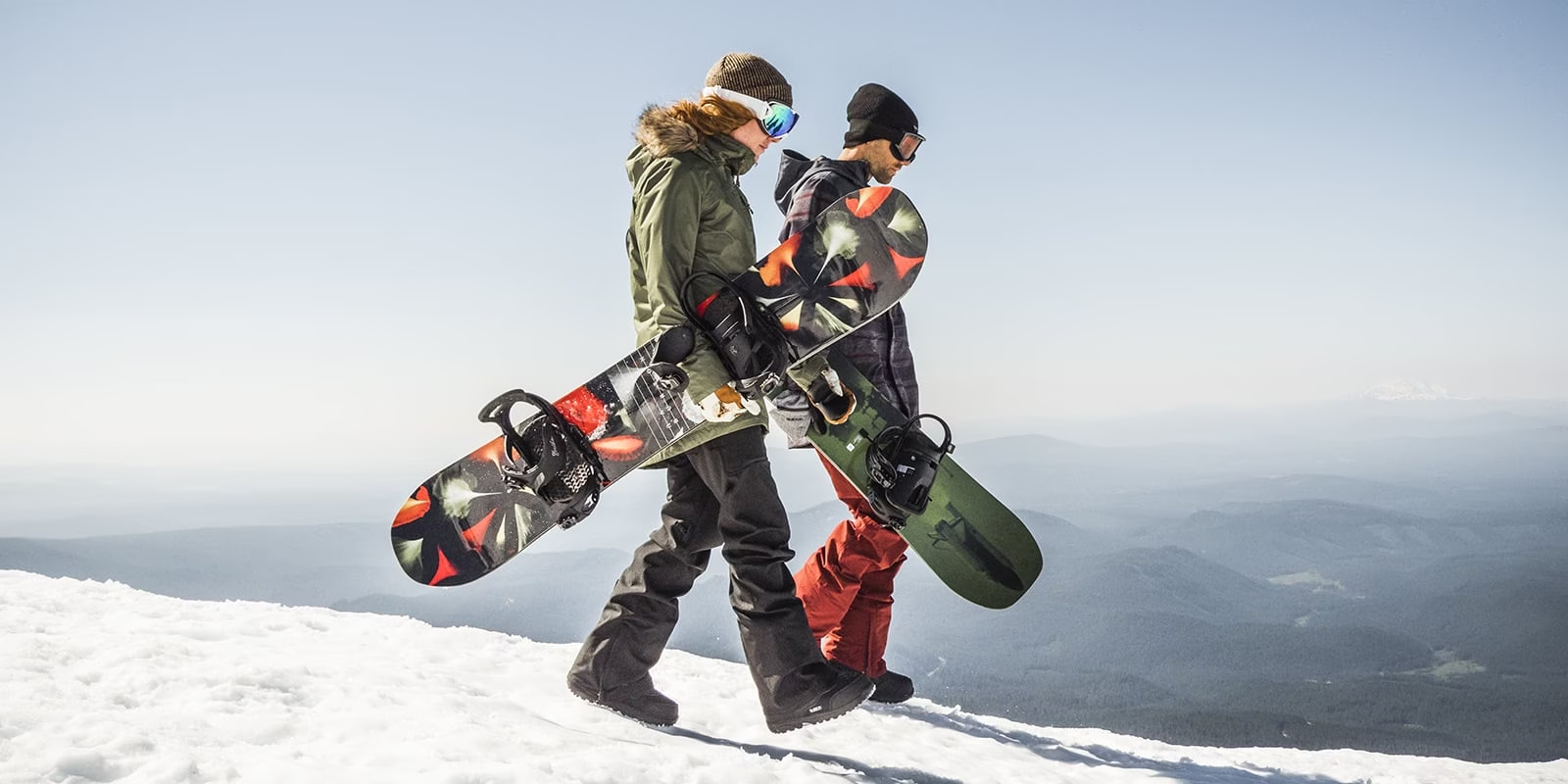
Snowboarding is a thrilling winter sport that has gained tremendous popularity over the years. Whether you’re a beginner or a seasoned snowboarder, selecting the right snowboard is crucial to ensure an enjoyable experience on the slopes. With a wide variety of snowboards available on the market, it’s essential to understand the different types and their unique characteristics. In this article, we will explore the various types of snowboards, helping you make an informed decision when choosing your next board.
All-Mountain Snowboards
All-mountain snowboards are the most versatile type of snowboard, designed to handle a wide range of terrains and snow conditions. Then these boards are suitable for riders who enjoy exploring every corner of the mountain, from groomed runs to powder-filled backcountry slopes. All-mountain snowboards typically have a directional shape, featuring a slightly longer nose and a shorter tail to enhance stability and control. They often come with a medium flex, providing a good balance of responsiveness and forgiveness. With their versatility, all-mountain snowboards are an excellent choice for riders who want to experience everything the mountain has to offer.
Freestyle Snowboards
Freestyle snowboards are specifically designed for riders who love to perform tricks and jumps in the terrain park. These boards are generally shorter and have a twin-tip design, meaning they are symmetrical in shape and flex. The twin-tip design enables riders to ride equally well in both regular and switch (opposite) stances, making them ideal for performing tricks and spins. Freestyle boards generally have a softer flex, allowing for more maneuverability and forgiveness on landings and take-offs. If you’re someone who enjoys hitting jumps, rails, and halfpipes, a freestyle snowboard is an excellent choice to enhance your park riding skills.
Freeride Snowboards
These boards are typically directional in shape, with a longer nose and a shorter tail to enhance floatation in deep snow. The flex pattern of freeride snowboards varies, but they generally have a stiffer flex, providing stability and control at high speeds. Freeride boards often come with features like rocker or camber profiles, which help with maneuverability and floatation in different snow conditions. If you’re someone who seeks the thrill of off-piste riding, deep powder, and challenging terrain, a freeride snowboard is the perfect choice to fulfill your adventurous spirit.
Powder Snowboards
Powder snowboards, as the name suggests, are specifically designed for riding in deep, fresh powder snow. These boards have a wider nose and a narrower tail, allowing the rider to effortlessly float on top of the snow. The flex of powder snowboards tends to be on the softer side, providing a surf-like feel and better control over variable snow conditions. If you’re lucky enough to ride in powder frequently or plan on visiting powder-rich destinations, investing in a powder-specific snowboard will significantly enhance your experience.
Alpine or Carving Snowboards
Alpine or carving snowboards are designed for riders who love carving precise turns on groomed runs. Then these boards feature a narrow waist width, a longer effective edge, and a stiffer flex to deliver maximum control and stability at high speeds. Alpine boards often have a directional shape with a slightly longer nose, allowing for smooth and responsive turns. Then they typically incorporate a positive camber profile, which provides excellent edge hold on icy slopes. Riders who enjoy laying down deep-carved turns and racing down the mountain will find alpine snowboards to be the perfect tool to maximize their carving potential.
Splitboards
These boards can split into two separate skis, allowing the rider to ascend uphill like a cross-country skier using climbing skins. Splitboards typically have a directional shape with a longer nose for enhanced floatation and control in deep snow. They often come with additional touring-specific features like hooks, clips, and bindings that facilitate climbing. If you dream of venturing into untracked backcountry areas, exploring untouched slopes, and enjoying the serenity of nature, a splitboard is a must-have tool for your backcountry adventures.

